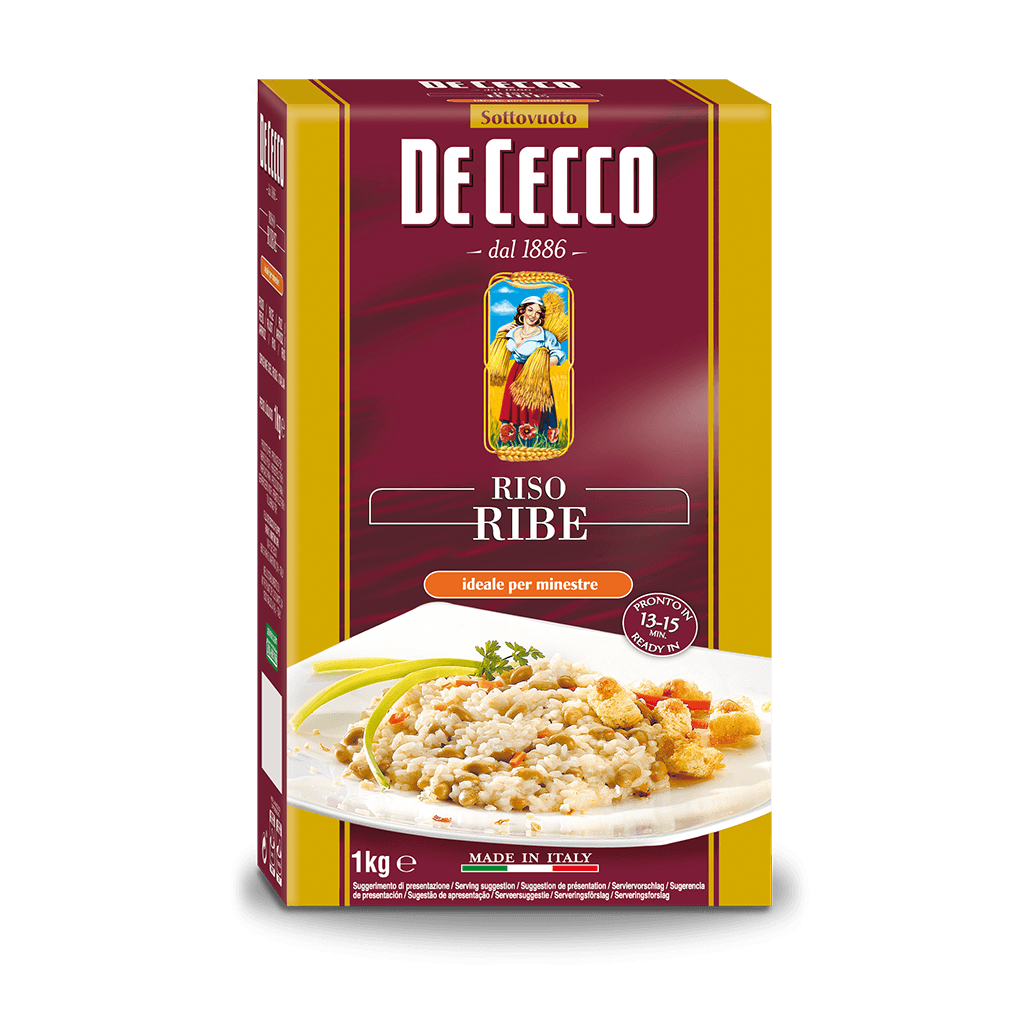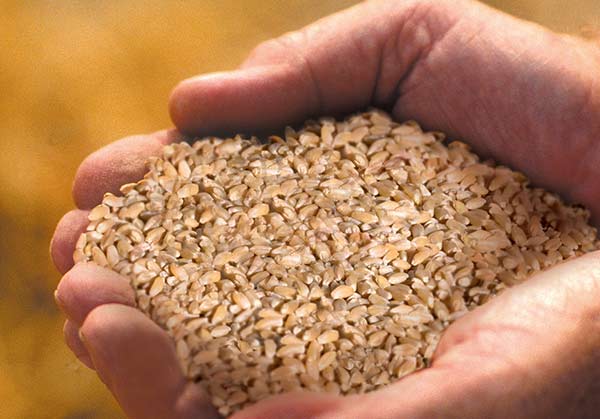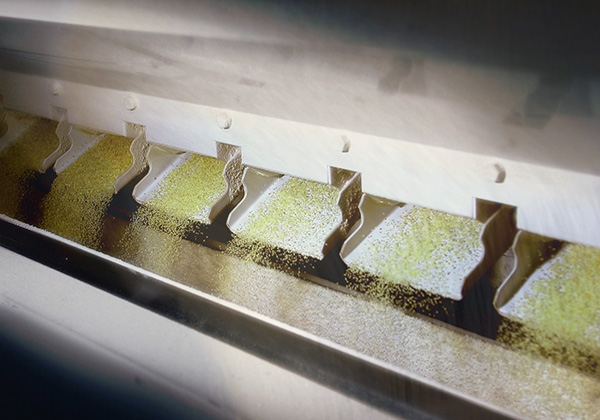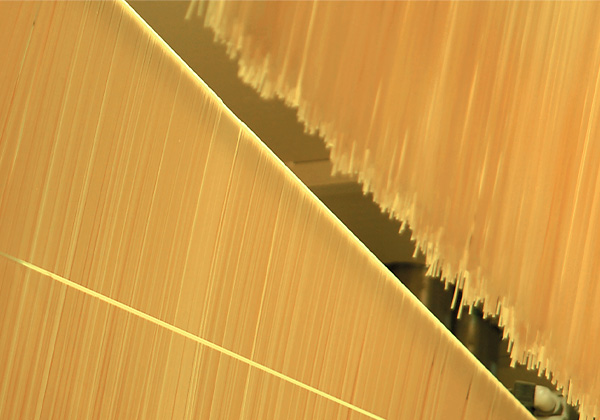Riso Ribe
It is the best kind of rice to use in liquid recipes, so for broths, rice and vegetable soups, and vegetable minestrone with rice. Its characteristic versatility in the kitchen makes it perfect both for simple dishes such as boiled rice and white rice with butter, and for sophisticated dishes such as salads and oven-baked dishes.
Hints
For an elegant presentation of a rice broth, the broth must be clear and not made cloudy by the starch in the rice. To achieve this, the rice is boiled in water, drained a minute before it is completely cooked and then tipped straight into the boiling broth.
Vacuum-packing prevents the rice from changing and preserves the colour, flavour and nutritional values of the grain.
- Cooking time: 13-15 min
Guarda il video
Our method
Attention, care, experience, quality at every stage: from our mill to your table.
You may also be interested in
Riso Arborio
This is one of the most popular rice varieties in Italy, thanks to its shape and texture. The plump grain rice maintains its consistency throughout cooking. During cooking, the heat penetrates the most peripheral area of the grain, leaving the central core (rich in starch) ‘al dente’.
This is what makes it suitable for all types of risottos, which can be deliciously creamy, as well as for timbales and ‘supplì’ (Rome’s mozzarella-filled rice croquettes). Arborio rice is named after the town of the same name in Vercelli where it was first selected in 1946, derived from the Vialone cultivar.
Even today, these areas of the Po Valley are the largest producers of Arborio rice.
Find out more






